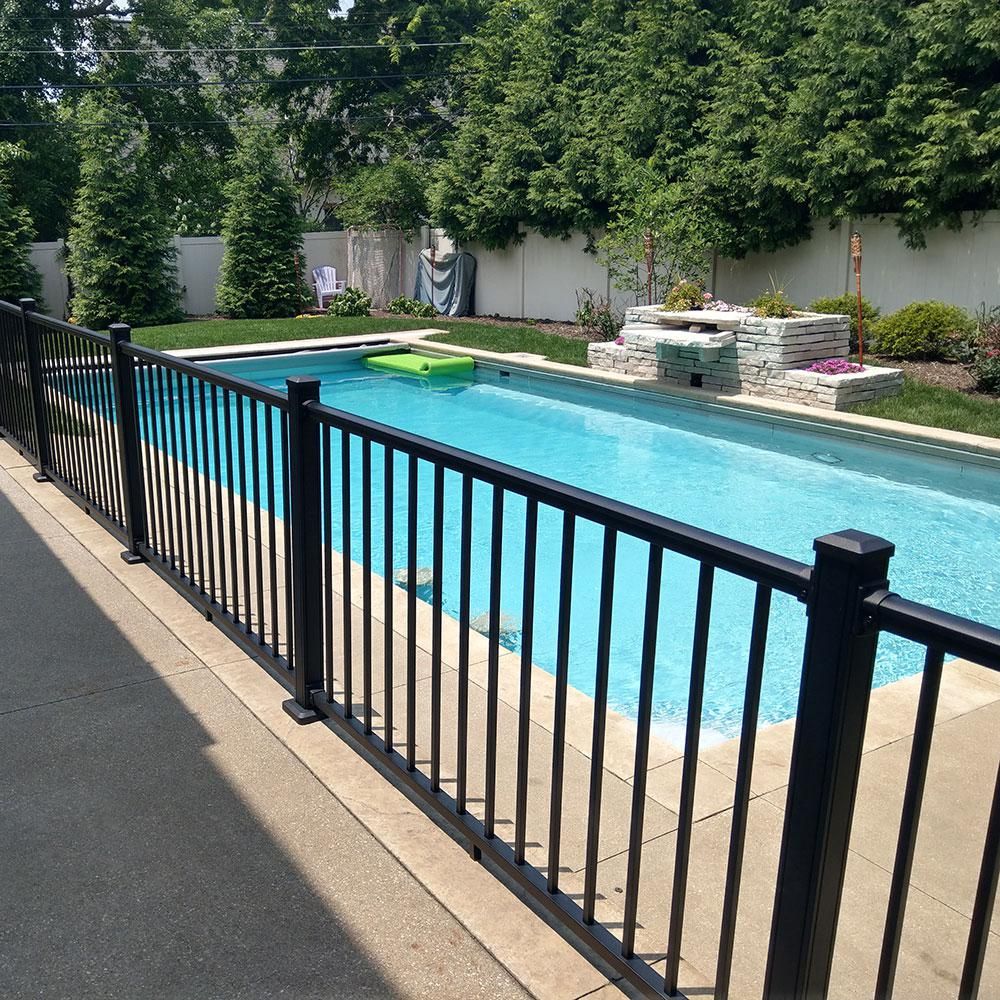When homeowners consider enhancing their property's bou […]
When homeowners consider enhancing their property's boundary, the choice of fencing material is a significant decision. Among the various options available, an Aluminum Residential Fence has gained recognition for its combination of aesthetic appeal, durability, and minimal maintenance. Unlike a simple, single product, a complete Aluminum Residential Fence is a system of interconnected components, each serving a specific structural or functional purpose. Understanding what is included in such a fencing system provides clarity for planning, purchasing, and installation. A typical installation encompasses the primary structural posts, the infill panels that define the fence's appearance, the necessary hardware for assembly, and often, a gate to provide access. Each of these elements works in concert to create a cohesive, secure, and attractive perimeter.

Primary Structural Components
The foundation of any durable fence is its structural framework. These are the components that are anchored into the ground and bear the load of the entire assembly, providing stability and strength.
Line Posts: These are the vertical posts installed at regular intervals along the entire run of the fence. They are the primary supports for the panels or rails. In an Aluminum Residential Fence, these posts are typically hollow, made from heavy-gauge aluminum, which provides strength while keeping the overall weight manageable. Their length is determined by the desired fence height and the depth required for a secure footing in the ground.
End and Corner Posts: These posts are structurally more robust than line posts. End posts are located at the termination of a fence section, while corner posts are used where two fence runs meet at an angle. Because they handle tension from panels pulling in one or two directions, they often require a larger diameter or heavier gauge metal and more substantial concrete footings for anchorage.
Post Caps: While often viewed as a decorative item, post caps serve a functional purpose as well. They are fitted on top of the posts to seal the hollow tube, preventing water, insects, and debris from accumulating inside. This simple component helps to preserve the integrity of the posts over time.
This structural skeleton is what ensures the fence remains upright and secure through various weather conditions, forming the essential support for the rest of the system.
Infill Panels and Rails
The infill is the most visible part of the fence, defining its style and character. It is attached to the structural posts and creates the physical barrier.
Pickets and Panels: The pickets are the vertical members that most people associate with the "body" of the fence. In an aluminum fence, these are often pre-assembled into panels of a standard width for easier installation. The style of the picket—such as flat-top, spear-top, or a design with decorative scrolls—is a major factor in the fence's overall aesthetic. The spacing between pickets can also vary to adjust the level of privacy.
Top and Bottom Rails: These horizontal rails run along the top and bottom of the panel, connecting the pickets together. The top rail is typically the most substantial and provides lateral rigidity to the entire panel. The bottom rail sits close to the ground, ensuring the pickets remain aligned and spaced correctly. The design of an Aluminum Residential Fence often features rails that are rounded or have a specific profile for both visual appeal and comfort.
Intermediate Rails: For taller fences, one or more intermediate rails may be included between the top and bottom rails. These add extra strength and stability to the panel, preventing the pickets from flexing or bowing over a long span. This is a common feature in a quality Aluminum Residential Fence intended for security or containing pets.
Gates and Hardware
A fence is not fully functional without a means of entry. The gate is a movable section that operates within the fence line, and it requires its own set of specialized components.
Gate Frame and Infill: The gate itself is essentially a reinforced panel. It has a frame, often made from heavier material than the standard panels, to withstand the stress of frequent opening and closing without sagging. The infill of the gate matches the style of the rest of the fence to maintain a consistent look.
Hinges and Latches: These are the critical hardware pieces that allow the gate to function. Heavy-duty, non-corrosive hinges are bolted to a gate post and the gate frame. A matching latch mechanism is installed on the opposite side to securely hold the gate closed. The quality of this hardware is vital for the long-term performance of the gate on an Aluminum Residential Fence.
Accessories and Finishing Touches: This category includes items like gate handles, self-closing mechanisms, and decorative elements. Furthermore, all the necessary nuts, bolts, and screws for assembling the entire fence are included. These fasteners are typically made from a rust-resistant material like stainless steel or aluminum to ensure they do not corrode and stain the fence over time.